Top 10 Foods Highest in Selenium
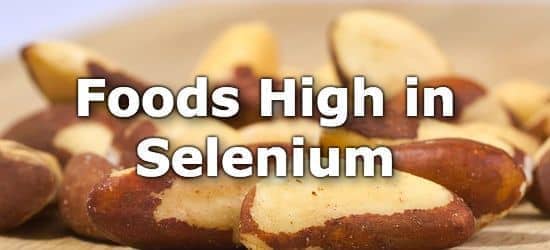
Selenium is an essential trace mineral. It is a constituent of selenoproteins that play important roles in the body including antioxidant protection, thyroid gland function, DNA synthesis, and roles in the immune system and reproduction.
A deficiency in selenium can lead to pain in the muscles and joints, unhealthy hair, and white spots on the fingernails. In long-term cases, it may even lead to Hashimoto's disease, a condition in which the body's own immune system attacks the thyroid.
An excess of selenium can lead to bad breath, diarrhea, and even hair loss.
Foods high in selenium include Brazil nuts, tuna, oysters, pork, beef, chicken, tofu, whole wheat pasta, shrimp, and mushrooms. The current daily value (DV) for selenium is 55mcg (micrograms).
It is important to note that the amount of selenium in any product varies greatly by the amount of selenium in the soil in which it was produced/grown/raised. Be sure to check individual labels, and if you have a deficiency in selenium, get tested after changing your diet to be sure you are eating adequate amounts.
Below is a list of high selenium foods sorted by common serving size, please see the complete ranking of all foods high in selenium for more.
-
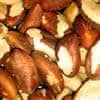 1. Brazil Nuts
1. Brazil Nuts
Selenium
per 1oz HandfulSelenium
per 100gSelenium
per 200 Calories544.4mcg
(990% DV)1917mcg
(3485% DV)581.8mcg
(1058% DV)More Nuts and Seeds High in Selenium
- 41% DV in 1oz of sunflower seeds
- 29% DV in 1oz of chia seeds
- 13% DV in 1oz of flax seeds
See all nuts and seeds high in selenium.
-
 2. Tuna (Yellowfin)
2. Tuna (Yellowfin)
Selenium
in a 6oz FilletSelenium
per 100gSelenium
per 200 Calories183.9mcg
(334% DV)108.2mcg
(197% DV)166.5mcg
(303% DV)More Fish High in Selenium
- 168% DV in a 6oz tilapia fillet
- 151% DV in a 6oz snapper fillet
- 145% DV in a 6oz salmon fillet
See all fish high in selenium.
-
 3. Shellfish (Oysters)
3. Shellfish (Oysters)
Selenium
per 3oz ServingSelenium
per 100gSelenium
per 200 Calories130.9mcg
(238% DV)154mcg
(280% DV)189mcg
(344% DV)More Shellfish High in Selenium
- 221% DV in 20 small clams
- 138% DV in 3oz of mussels
- 113% DV in 3oz of lobster
See all fish high in selenium.
-
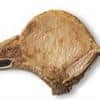 4. Lean Pork Chops
4. Lean Pork Chops
Selenium
in a 6oz ChopSelenium
per 100gSelenium
per 200 Calories80.6mcg
(147% DV)47.4mcg
(86% DV)48.6mcg
(88% DV)More Pork High in Selenium
- 122% DV in 1 cup of lean roast ham
- 87% DV in a rack of ribs
- 74% DV in 3oz of pork tenderloin
- 71% DV in 3oz of Spam
See all meats high in selenium.
-
 5. Beef (Skirt Steak)
5. Beef (Skirt Steak)
Selenium
per 6oz SteakSelenium
per 100gSelenium
per 200 Calories61.2mcg
(111% DV)36mcg
(65% DV)26.9mcg
(49% DV)More Red Meats High in Selenium
- 85% DV in a 4.6oz ribeye fillet
- 64% DV in 3oz of buffalo sirloin
- 49% DV in 3oz of lamb shank
See all meats high in selenium.
-
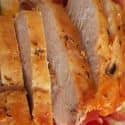 6. Lean Chicken Breast
6. Lean Chicken Breast
Selenium
in a 6oz BreastSelenium
per 100gSelenium
per 200 Calories54.2mcg
(99% DV)31.9mcg
(58% DV)40.6mcg
(74% DV)More Poultry High in Selenium
- 121% DV in a whole chicken leg
- 97% DV in 6oz of fat-free ground turkey
- 63% DV in 1 chicken thigh
See all meats high in selenium.
-
 7. Firm Tofu
7. Firm Tofu
Selenium
per CupSelenium
per 100gSelenium
per 200 Calories43.8mcg
(80% DV)17.4mcg
(32% DV)24.2mcg
(44% DV)More Beans High in Selenium
- 28% DV in 1 cup of canned navy beans
- 19% DV in 1 cup of pinto beans
- 15% DV in 1 cup of lima beans
See all beans high in selenium.
-
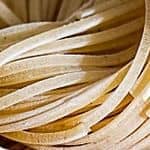 8. Whole Wheat Pasta
8. Whole Wheat Pasta
Selenium
per CupSelenium
per 100gSelenium
per 200 Calories42.5mcg
(77% DV)36.3mcg
(66% DV)48.7mcg
(89% DV)More Whole Grains High in Selenium
- 100% DV in 1 cup of kamut
- 23% DV in 1 cup of oatmeal
- 21% DV in 1 cup of brown rice
See all grains high in selenium.
-
 9. Shrimp
9. Shrimp
Selenium
per 3oz (About 12 Large)Selenium
per 100gSelenium
per 200 Calories42.1mcg
(77% DV)49.5mcg
(90% DV)83.2mcg
(151% DV)See all fish high in selenium.
-
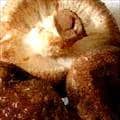 10. Shiitake Mushrooms
10. Shiitake Mushrooms
Selenium
per Cup CookedSelenium
per 100gSelenium
per 200 Calories36mcg
(65% DV)24.8mcg
(45% DV)88.6mcg
(161% DV)More Mushrooms High in Selenium
- 48% DV in 1 cup of portabellas
- 41% DV in 1 cup of criminis
- 34% DV in 1 cup of white button mushrooms
See all vegetables high in selenium.
Printable One Page Sheet
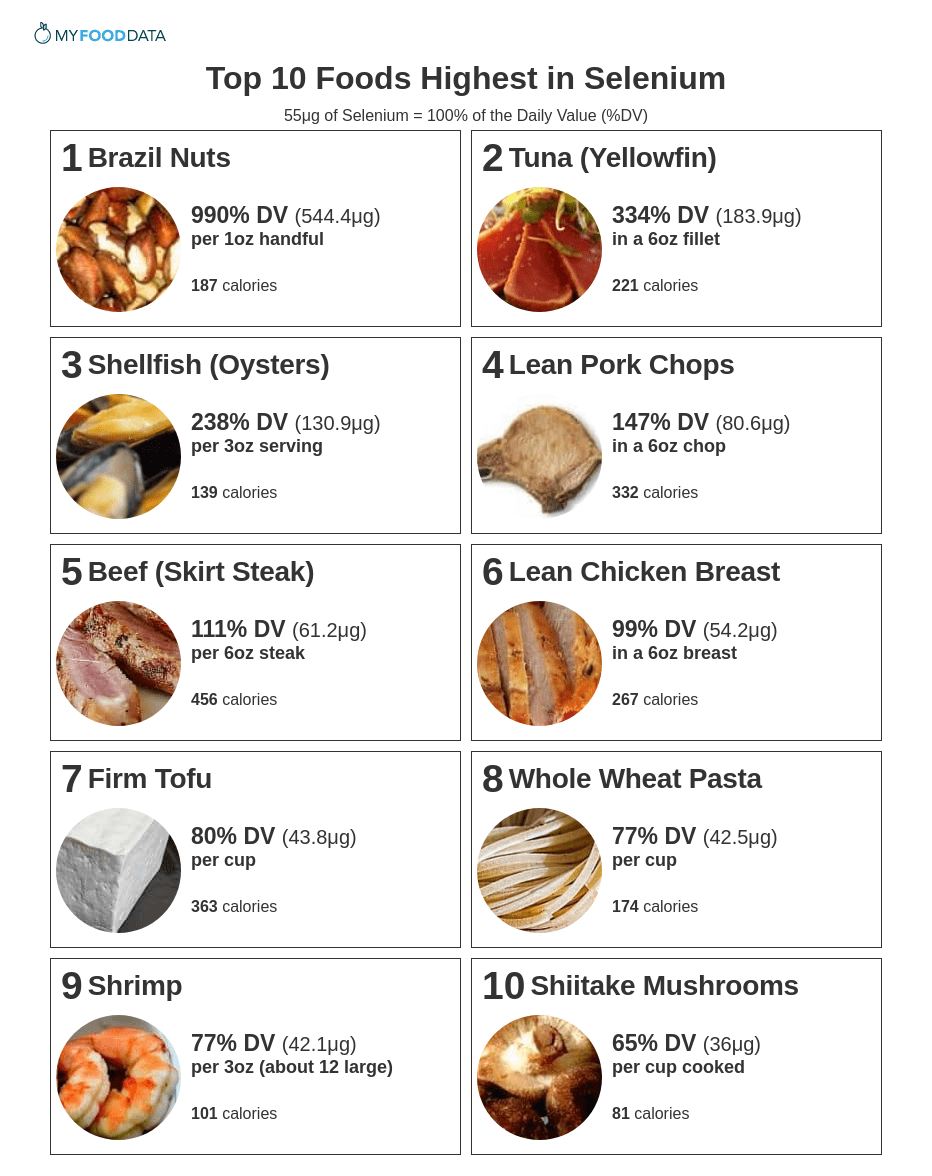
About the Data
Data for the curated food lists comes from the USDA Food Data Central Repository.
You can check our data against the USDA by clicking the (Source) link at the bottom of each food listing.
Note: When checking data please be sure the serving sizes are the same. In the rare case you find any difference, please contact us and we will fix it right away.
About Nutrient Targets
Setting targets can provide a guide to healthy eating.
Some of the most popular targets include:- Daily Value (%DV) - The daily value (%DV) is a general guideline for consumption that will prevent deficiency of a particular nutrient in most people. The %DV refers to the percentage of an amount that\'s found in a single serving of a food. It also accounts for absorption factors. It is set by the U.S. FDA.
- Recommended Dietary Allowance (%RDA) - The RDA sets an average daily dietary intake level that is sufficient to meet the nutrient requirements of nearly all (97.5%) healthy individuals. It\'s more specific than the daily value, and varies by age and gender. The RDA is set by the US National Institutes of Health.
- Reference Dietary Intake (%RDI) -The reference dietary intake is similar to the recommended daily allowance, but is specific to age and gender. The RDI for amino acids is set by the U.N. World Health Organization.
- Adequate Intake (%AI) - This value is primarily used in reference to omega-3 and omega-6 fats. The Adequate Intake is set by the U.S. Institute of Medicine. Because there is less evidence to determine the ideal targets for consumption of these nutrients, the specific amount is considered to be less reliable. Using the term Adequate Intake, rather than one of the other terms, helps to emphasize that the ideal intake of that particular nutrient has not yet been scientifically determined.
See the Guide to Recommended Daily Intakes for more information.
Want to set your own targets? Sign up for an account and set custom targets in the daily food log.From the Nutrient Ranking Tool
Use the ranking tool links below to select foods and create your own food list to share or print.
- Foods High in Selenium
- Foods Low in Selenium
- Vegetables High in Selenium
- Fruits High in Selenium
- Vegetarian Foods High in Selenium
- Nuts High in Selenium
- Beans High in Selenium
- Dairy High in Selenium
- Breakfast Cereals High in Selenium
- Fast Foods High in Selenium
View more nutrients with the nutrient ranking tool, or see ratios with the nutrient ratio tool.
Related
Data Sources and References
Try the recipe nutrition calculator, or daily meal planner.
Create a free account to log and track foods.

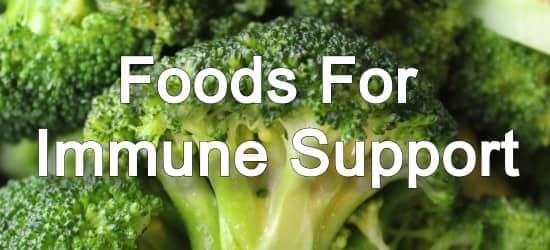 Next ➞
Next ➞